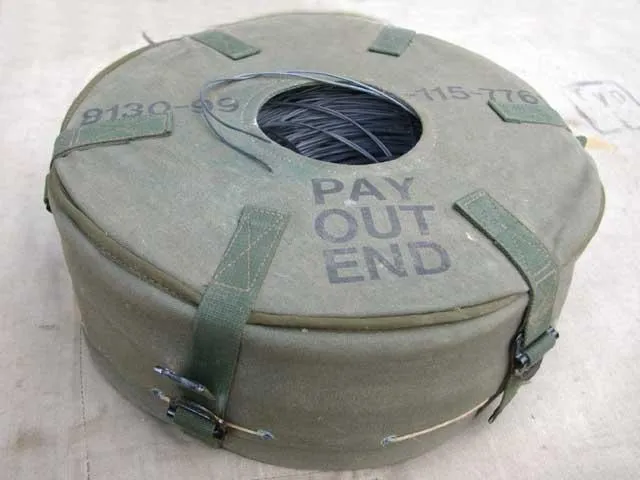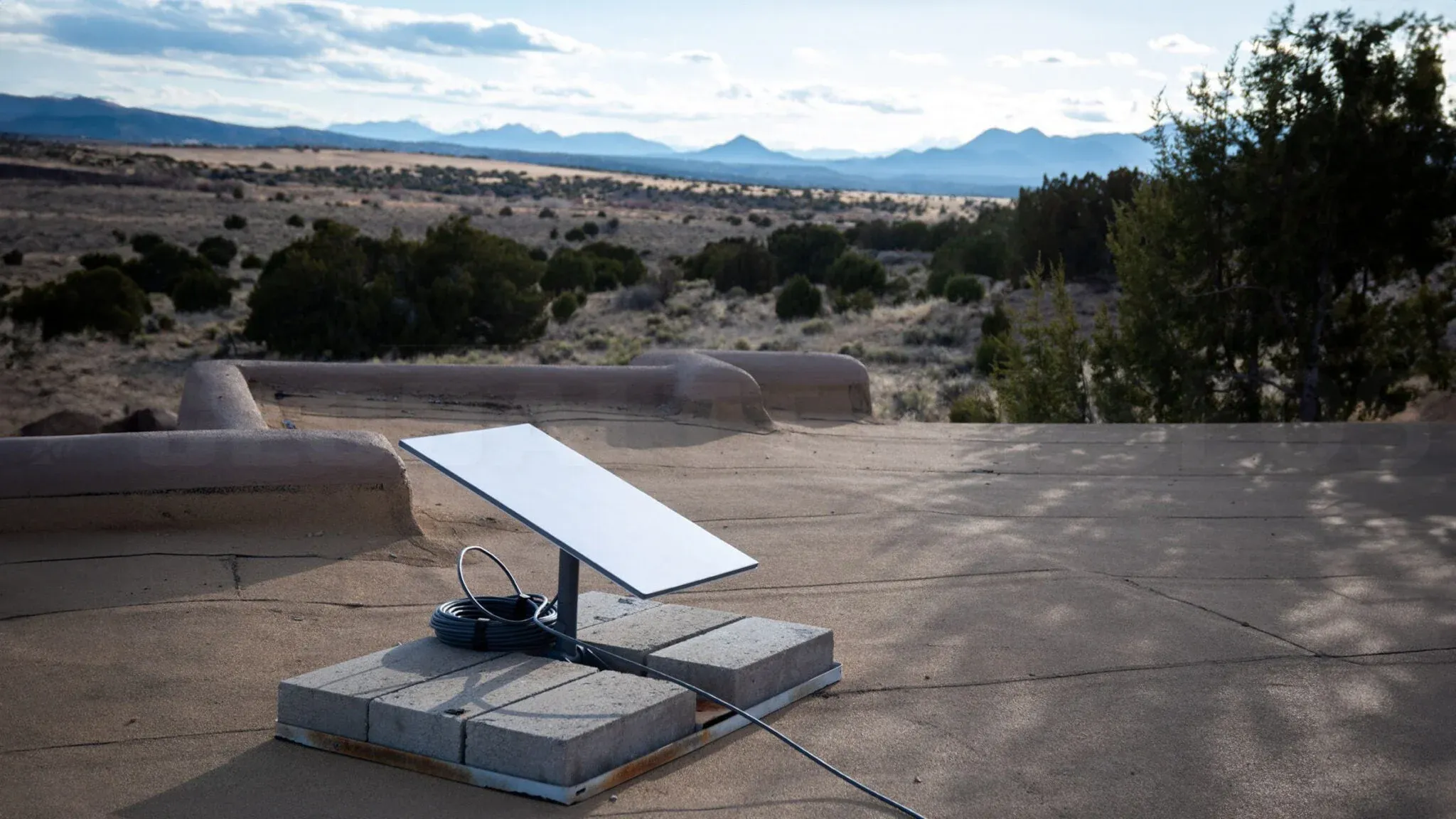Advancing Tactical Communications: Insights from the Protected Tactical Waveform (PTW) Development
The evolution of military satellite communications (MILSATCOM) is crucial for maintaining robust, secure, and reliable communication capabilities, especially in contested environments. The 2010 Joint Space Communication Layer (JSCL) Initial Capabilities Document (ICD) highlighted an anticipated surge in demand for these capabilities within the 2020-2025 timeframe. In response, the US Air Force initiated the MILSATCOM Design for Affordability Risk Reduction (DFARR) effort in 2012. This initiative aimed to develop and demonstrate a new protected tactical communications system. The effort included the development of prototypes for a Protected Tactical Service (PTS) and a new communications waveform, the Protected Tactical Waveform (PTW).
The Need for PTW
The JSCL ICD forecasted a significant increase in the need for US MILSATCOM in environments where communication could be actively contested. Recognizing this, the US Air Force sought to create a system that could offer wideband, protected communications to tactical edge users operating in anti-access and denied environments. The solution required both advanced technology and cost-effective implementation strategies.
The Role of MIT Lincoln Laboratory
MIT Lincoln Laboratory (MIT LL) was tasked with developing a test bed for the DFARR effort, enabling the demonstration of prototype user terminals and space segment designs. The goal was to ensure these designs could integrate seamlessly with existing infrastructure while meeting the advanced requirements set forth for tactical communications.
Key Objectives and Components
The DFARR’s primary objectives were multifaceted, aiming to address user terminals, space segment designs, information assurance, mission management, and ground segment design. This comprehensive approach was necessary to ensure the new system could provide secure and efficient communication links.
- Protected Tactical Waveform (PTW):
- Baseband Framing and Modulation: PTW specifications include advanced baseband framing, modulation, and coding techniques to ensure efficient data transmission.
- Dynamic Link Adaptation: Protocols were developed to adapt link characteristics in real-time, enhancing communication reliability under various conditions.
- Security Features: PTW incorporates robust security measures, including frequency hopping and time permutation, to protect against jamming and interception.
- Design for Affordability:
- Use of Existing Satellites: Initial system operation was planned to leverage existing satellite infrastructure, reducing costs.
- Terminal Modem Upgrades: By upgrading existing terminal types with new modems supporting PTW, the system could be deployed more rapidly and cost-effectively.
Laboratory and Over-the-Air Testing
The DFARR effort included rigorous testing phases, both in laboratory settings and over-the-air, to validate the system’s performance and reliability.
- Laboratory Testing:
- Testing focused on ensuring consistent implementation of the waveform specification, from modulation and coding to advanced protection features like frequency hopping and time permutation.
- The laboratory setup included integrated terminal and hub modems, forward/return link emulation, dual RF interfaces, and extensive packet generation/analysis capabilities.
- Over-the-Air Testing:
- Conducted with Wideband Global SATCOM (WGS) satellites, these tests demonstrated the system’s ability to integrate with existing terminal types and operate effectively in real-world scenarios.
- Over-the-air tests also validated link acquisition, tracking protocols, and the mission planning process, essential for fielding the system in operational environments.
End Cryptographic Unit (ECU) Integration
A critical component of the PTW system is the End Cryptographic Unit (ECU), which partitions all critical security functionalities. The ECU was tested for initialization, operation with waveform modes, and link adaptation protocols, ensuring it could handle the secure transmission requirements of the PTW system.
Conclusion and Future Directions
The DFARR effort has laid a solid foundation for the deployment of a new, secure tactical communications system capable of operating in highly contested environments. The integration of PTW and the development of cost-effective implementation strategies represent significant advancements in MILSATCOM capabilities. Future work will focus on further refining the system, improving accuracy in signal processing, and expanding operational capabilities to meet the evolving needs of military communication networks.
By leveraging existing infrastructure and incorporating advanced security measures, the PTW system promises to enhance tactical communication capabilities significantly, ensuring reliable and secure data transmission in even the most challenging conditions.







Post Comment